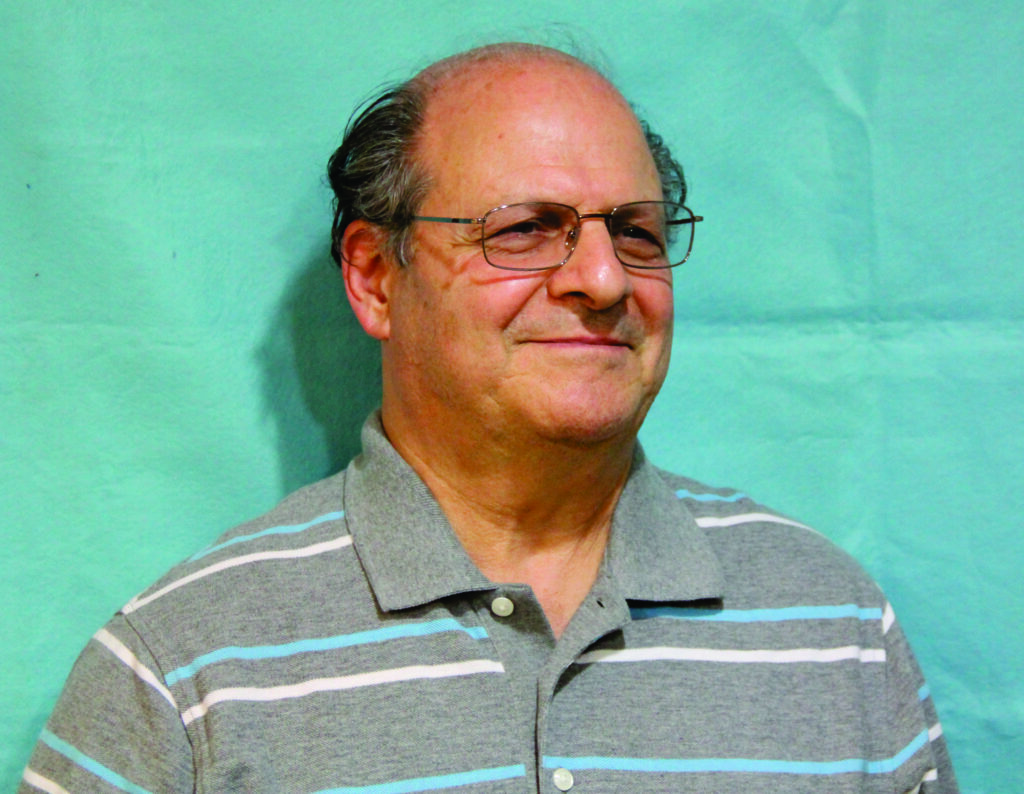Course Description
Format: Live Online Virtual Training
Date: November 18-19, 2025
- Tuesday, November 18 – 12:00-4:00pm ET
- Wednesday, November 19 – 12:00-4:00pm ET
Reg. Deadline: November 4, 2025
Registration Rates
Member
Early Bird*/Standard
$600/$650
Non-Member
Early Bird*/Standard
*Rate ends 10/7/25
$700/$750
Reverse Gear System Engineering: Why, When, & How – Avoiding Pitfalls & Litigation
Reverse engineering a gear system is a not too unusual task and in many, but not all, cases the process goes fairly well, thus it is easy to become complacent. It is important, however, to fully understand the process and the best practice procedure for reverse engineering a gear system. Failure to fully follow best practice can result, at best, in an unhappy gear user, but in the worst case it can lead to very expensive, time consuming and reputation damaging litigation.
We will discuss the basic types of reverse engineering projects (e.g. upgrading an existing system to increase power or extend operating life or improve noise level; replacing gear that has simply reached the end of its otherwise successful useful life; emergency, short term, interim gear replacement resulting from an unexpected failure; responding to a system that is not providing acceptable performance, etc.). The need for understanding the operation of the system in which the gears will be used, the conditions that led to the need for the project and especially, the specific nature of the failure that occurred, if that is the reason for the project, are key, often ignored, elements of the process.
In some cases, no drawings are available at all thus a design must be developed that will yield gears that provide equivalent load capacity, life, noise performance and smoothness of operation. This scenario will be discussed with recommended analyses resented. In other cases, where no drawings are available, the correct procedures to follow in developing a reverse engineered gear that truly meets the system requirements will be discussed in detail with cautionary procedures outlined.
The concept of applying the AVO (avoid verbal orders) process to the overall reverse engineering process will be discussed with fact based but names and identifying details eliminated case studies to emphasize the importance of this concept. The “amnesia” issue will also be addressed in this context. The author’s experience in serving as an Expert Witness provides first-hand information that will aid in avoiding this aspect of a reverse engineering project completeld…if followed!
A webcam on your computer equipped with a microphone and speakers/headset are required for participation. Space is limited to 20-25 participants per course. Course materials will be mailed in hard copy. Please make sure to indicate your preferred mailing address in the registration process.
How Many CEUs Will I Earn?
As an IACET-accredited provider, AGMA offers 0.6 CEUs for this class.
Learning Objectives
- Recognize the detailed engineering and application understanding required to properly reverse engineer a gear
- Understand the difference between designing from scratch and designing to duplicate an existing part and its function
- Consider the reasons why reverse engineering an existing gear set, or, especially, a single gear can often considerably more difficult than designing a new gear or gear set from scratch
- Discuss the possibilities for misunderstanding, which are legion, between purchaser and supplier
- Address the need for all parties involved to agree regarding the purpose of the reverse engineering effort and the expected results and costs
- Apply an understanding of forensic analysis of gearbox failures to avoid simply duplicating the original failure
- Understand the difference between a temporary replacement and a duplicate of the original gear and the discussion and documentation required to avoid misunderstandings that can lead to litigation
Who Should Attend
Gear and gearbox design and manufacturing engineers, management and quality control engineers involved with design and manufacture of reverse engineered parts, especially where minimal or no original, detailed gear design information is available.
Are you a member of the American Bearing Manufacturers Association (ABMA)? As an ABMA member, you receive discounts on all programs that AGMA offers. Email AGMA Education at education@agma.org for a complimentary promo code to receive member pricing on this course.
Instructors

Raymond J. Drago, P.E.
Raymond J. Drago is Chief Engineer of Drive Systems Technology, Inc. (DST), a mechanical power transmission consulting organization that he founded in 1976. Mr. Drago also worked for the Boeing Company – Helicopters Division until his retirement after 37 years of service. Currently Mr. Drago is involved in the analysis, design, manufacture, assembly, and testing of many gear systems. In his role with DST, Mr. Drago is active in all areas of mechanical power transmission, including the design and analysis of drive systems in a very diverse field of application from heart pumps to very large mining & mill gears. He has used his 58 years of gear technology experience to prepare and deliver more than 150 Technical Papers and 385 courses dealing with various aspects of gear design and analysis.
I started working at Boeing in 1967 and continued until my retirement in 2004. I started Drive Systems Technology in 1976 as a part time activity while still working at Boeing (with Boeing’s knowledge and approval, under strict guidelines) which eventually grew to the point where I retired early from Boeing in order to pursue DST as a full-time activity.
Photo Release
From time-to-time AGMA uses photographs, survey answers and testimonial of AGMA events in its promotional materials. Unless this permission is revoked in writing to the AGMA, by virtue of your attendance all attendees agree to the use of their likeness in such materials.
Cancellation and Payment Policy
Please view our cancellation policy.
Please view our late registration policy.
Please view our code of conduct.